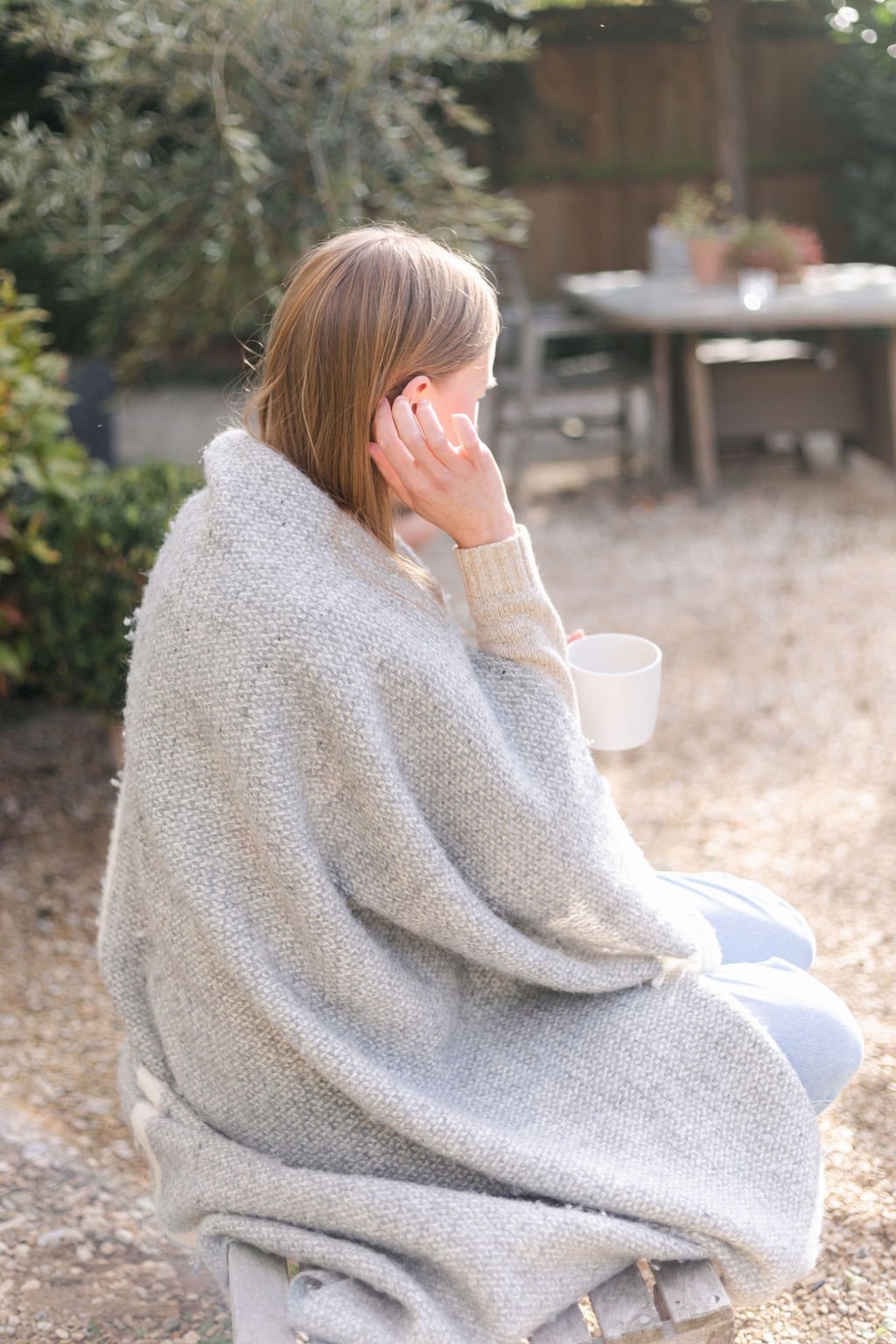Mindfulness Demystified: How Does It Reduce General Anxiety & Worry?
Mindfulness has many benefits, from reducing anxiety to improving sleep and increasing compassionate behaviour. But how exactly does it help reduce worry and general anxiety?
It can be useful to understand how tools and practices improve our mental wellbeing. It increases motivation and encourages us to stick with the practice, rather than expecting a quick-fix. It can also help us understand more about how our brain works.
This post explores some of the ways a regular mindfulness practice can lead to a reduction in feelings of worry and anxiety.
A Quick Recap
First let’s remind ourselves what mindfulness and worry are. I’ve linked related posts I’ve written below so you can read about these topics in more detail if you would like to.
Mindfulness is often described as a “way of being”. It involves non-judgemental, present moment awareness. Note that although mindfulness can change internal feelings of anxiety, this is not the aim of practising mindfulness. Mindfulness is about observing our experience with acceptance and curiosity.
Further reading: 5 Common Myths About Mindfulness
General anxiety involves excessive anxiety about various topics or events. It can result in symptoms, such as restlessness, fatigue, muscle aches and impaired concentration. You may find that you are able to function with it to an extent and people don’t realise how you feel internally. Worry is usually a big part of general anxiety.
Worry can be described as future-oriented thinking that aims to solve potential problems. It leaves you feeling apprehensive and anxious. This type of thinking can be useful in helping you plan ahead and anticipate problems. However, when it is chronic and excessive, or is applied to abstract hypothetical problems, that cannot be solved, it can become dysfunctional.
Further reading: Why You Worry and How to Stop
The Effects of a Mindfulness Practice on Anxiety and Worry
Further research is needed to fully understand the mechanisms of mindfulness but here are some of the ways it can affect worry and anxiety.
Present moment awareness
One of the things that can happen when you experience general anxiety is it becomes difficult to engage with the present. You may be constantly worrying about potential future problems and experiencing lots of “what if?” thoughts. Or you may find that the trigger for the anxiety feels unclear, leaving you feeling uneasy and overwhelmed.
One of the key aspects of mindfulness is non-judgemental, present moment awareness. It helps you practise being focussed on what is happening right now. While this may feel challenging, mindfulness can be seen as a way of developing your ‘mental muscles’.
In the same way it takes time to build muscles at the gym, it takes time to rewire the brain and build your ‘mental muscles’. Every time your attention wanders, you notice it happening and gently redirect onto the task at hand, you are building your ‘mental muscles’ and your brain is learning.
Over time this skill can start to generalise into your everyday life. You may find yourself better able to engage with whatever you are doing in the present, rather than getting caught up in thoughts about the future.
Shifting the “mental spotlight”
Attentional control is a limited capacity resource. We need it in order to intentionally ignore distractions or shift mental focus.
Worry impairs attention control and increases attention to threat-related stimuli. This can mean you become more alert to perceived threats. You may also find it harder to interrupt streams of worry and refocus onto other topics or activities.
Practising mindfulness encourages your brain to utilise attentional control resources to focus and shift attention away from worry.
You may find it helpful to think of this as shifting a “mental spotlight”. It can help switch the focus of attention from being internal (on thoughts and feelings) to something external.
Learning to observe thoughts
You may find that your worries shift from topic to topic. When one worry is resolved another soon pops up in its place. You might also experience lots of “what if?” thoughts.
Mindfulness helps us to practise observing our thoughts with neutrality, allowing them to come and go without becoming attached to them. This practice of creating distance between ourselves and our thoughts can help reduce worry.
Responding rather than reacting
Often, we react to thoughts and feelings automatically, and the way we react is not always helpful.
Mindfulness increases self-awareness. It helps you learn to pause and notice what is happening before responding.
You can then choose a more helpful response rather than reacting automatically. For example, you may notice a worry arise and choose to consciously and fully continue engaging with whatever activity you are doing in the moment, rather than getting caught up in the thoughts and the worry spiralling.
Acceptance
Mindfulness teaches acceptance of thoughts and feelings. It helps us learn to tolerate the discomfort of anxiety.
Often when we experience discomfort we naturally resist it, but this can end up making it worse. If we can allow thoughts and feelings to come and go without judging them, like clouds in the sky, this can reduce the resistance.
We also become less caught up in the stories that our minds can create. Sometimes worries are not about real, solvable problems. They are about hypothetical scenarios and things that could potentially happen. We can end up in a spiral of worry when we try to use a problem-solving approach with problems that are not solvable.
Mindfulness encourages you to allow such thoughts to pass by, noticing them without judgement.
Hopefully, you now have a better understanding of why mindfulness can be a helpful daily practice if you experience anxiety. There are many ways you can practise mindfulness from guided meditations to mindful walking, breathwork or yoga.
Please remember that mindfulness and these blog posts are not a substitute for therapy. If you feel you need more help with worry and anxiety I encourage you to seek professional support or contact your GP.
You can find out more about working with me by clicking the button below. I offer a free, 15-minute chat for you to ask any questions about therapy and make sure I am the right therapist for you.
You can also find me on Instagram @therapywithamy_ where I share more tips and insights about worry and stress.

